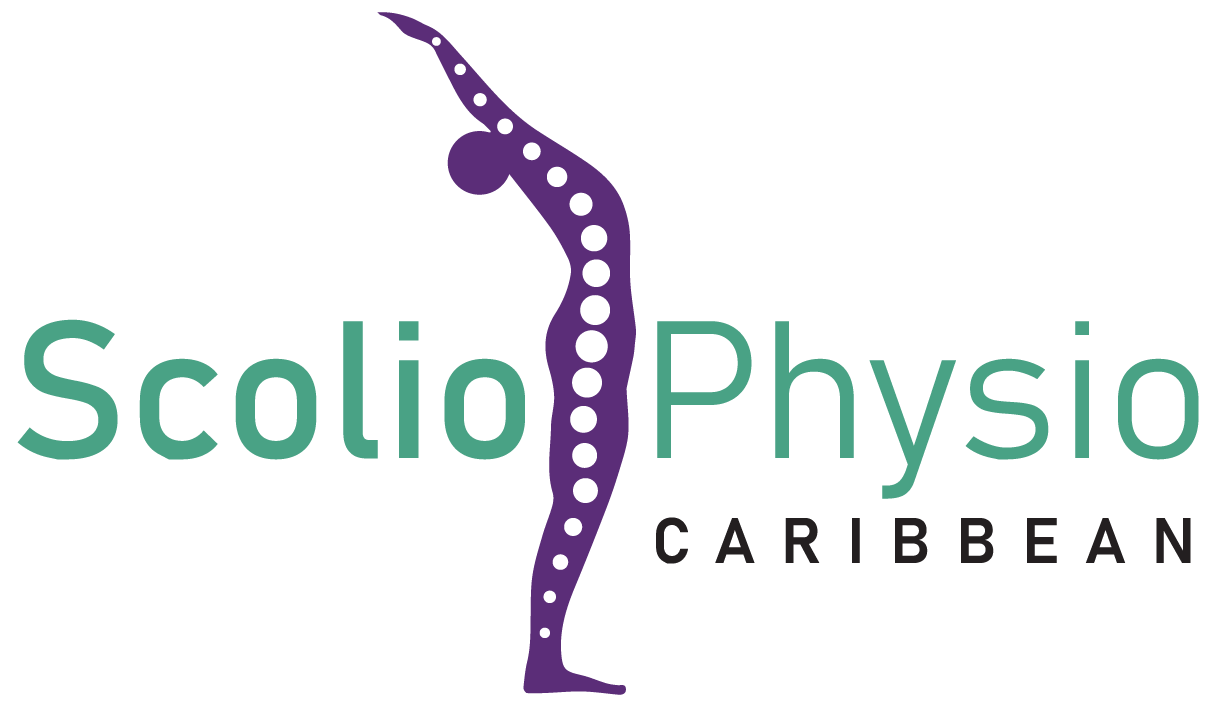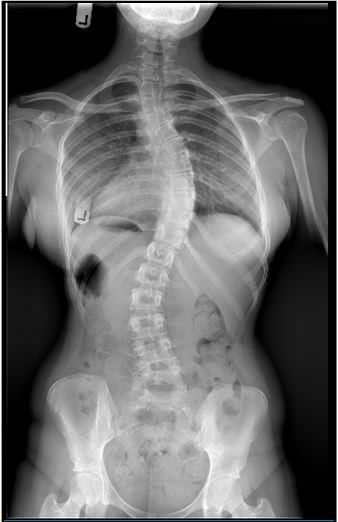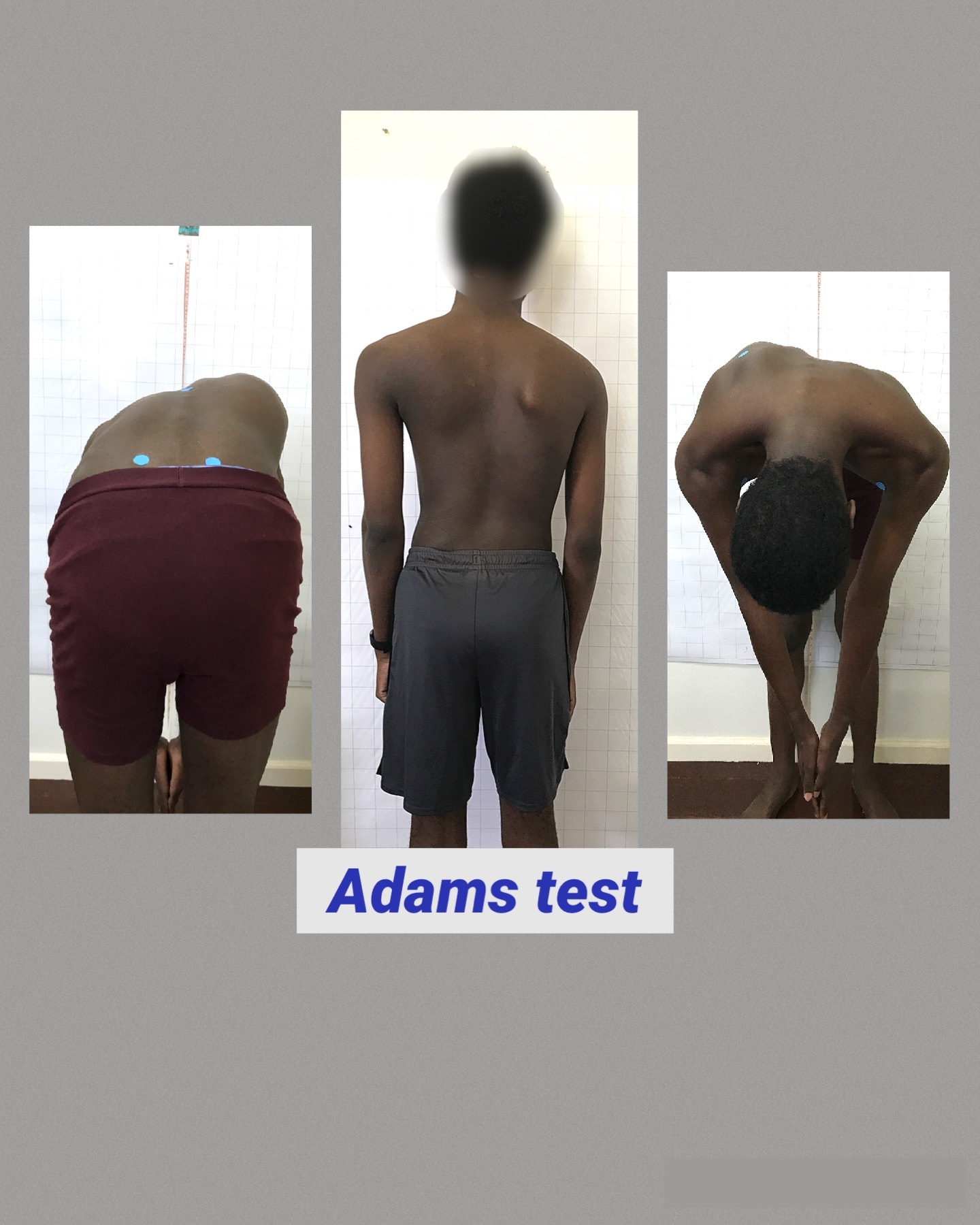What is scoliosis?
Scoliosis is a 3-dimensional curvature of the spine, where the spine not only curves sideways but rotates, causing 1 side of the back to appear more pronounced than the other. Each person’s curve is different, that is why this program is tailor-made for each patient, with a strong education component that goes along with it.
There are different forms of scoliosis classified by when they occur in life:
- Infantile scoliosis often comes along with birth defects and usually has poor outcomes, often needing surgery.
- Juvenile scoliosis occurs between the ages of 4 and 10. Because the onset is so early the risk for progression is high. Thus, according to the scoliosis research society (SRS), 95% of those with juvenile scoliosis will progress to the point of surgery. Clinically however, this has not been the case where families take a proactive approach and start very early.
- Adolescent scoliosis is a sideways curvature of the spine which usually occurs between age 10 and 18. The majority of these cases are considered idiopathic meaning there is ‘no known cause’. Family history usually plays a role in the onset. Early intervention is emphasized here and NOT watch and wait, as this is a lifelong condition that will not improve on its own. The period of growth before skeletal maturity is the only time to make a significant difference with the Schroth method. The less skeletally mature the patient is, the earlier they start, the better the outcomes. Once a curve of 15﮿ is reached, we recommend instruction in the Schroth protocols to offload the spine and slow/halt progression of the curve.



